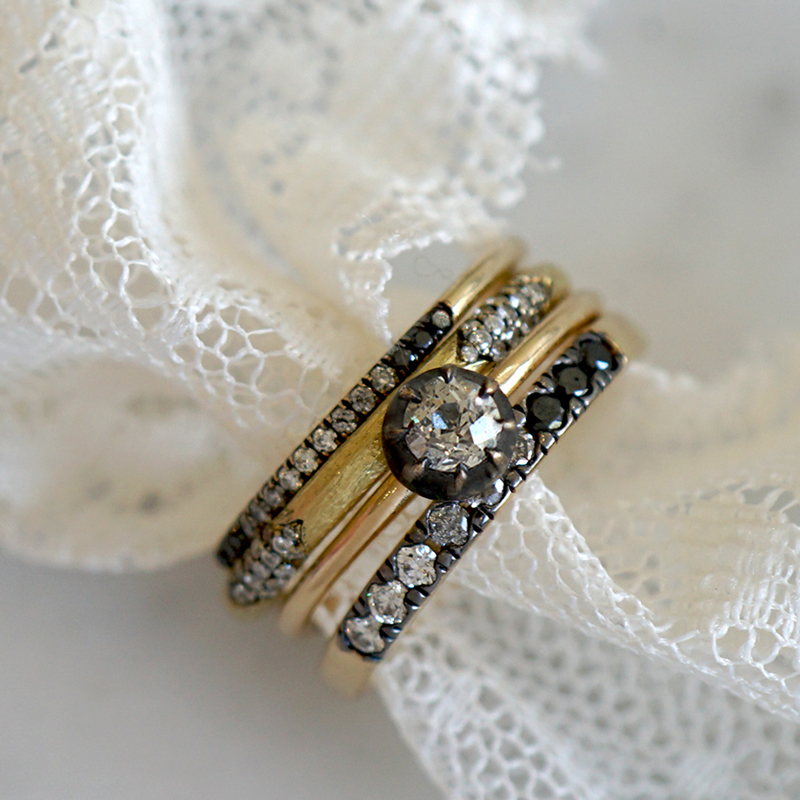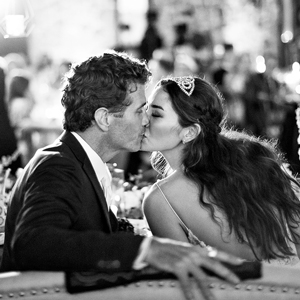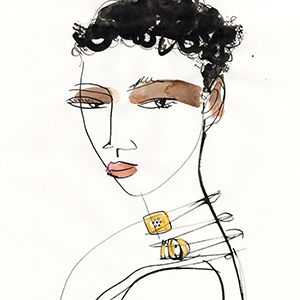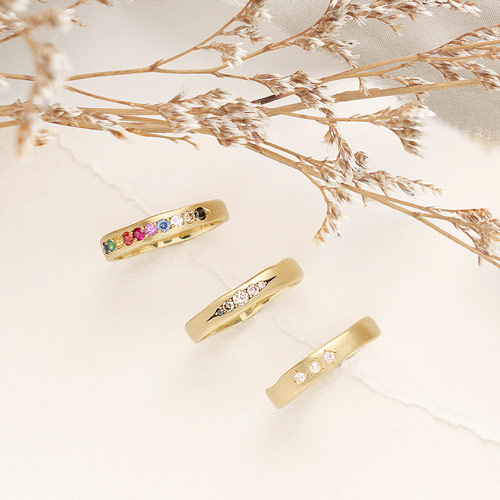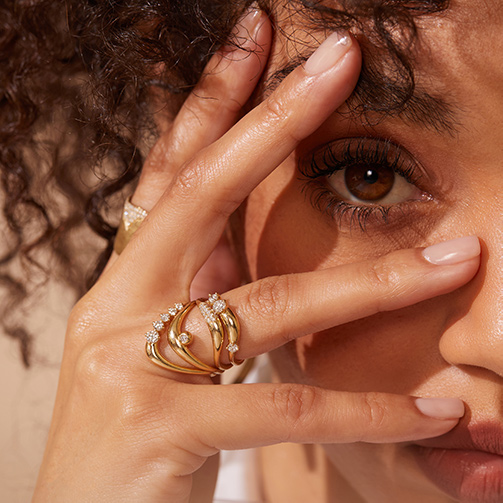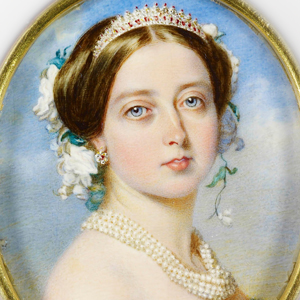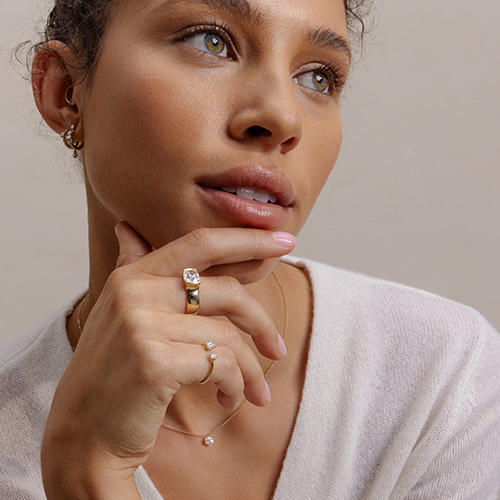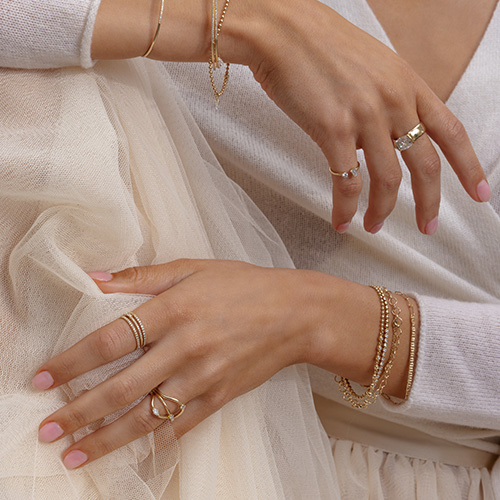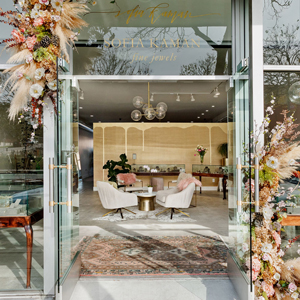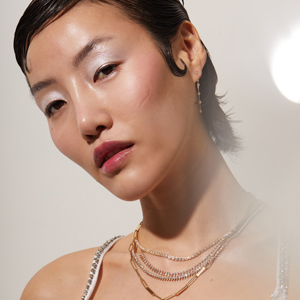Vintage Jewelry History
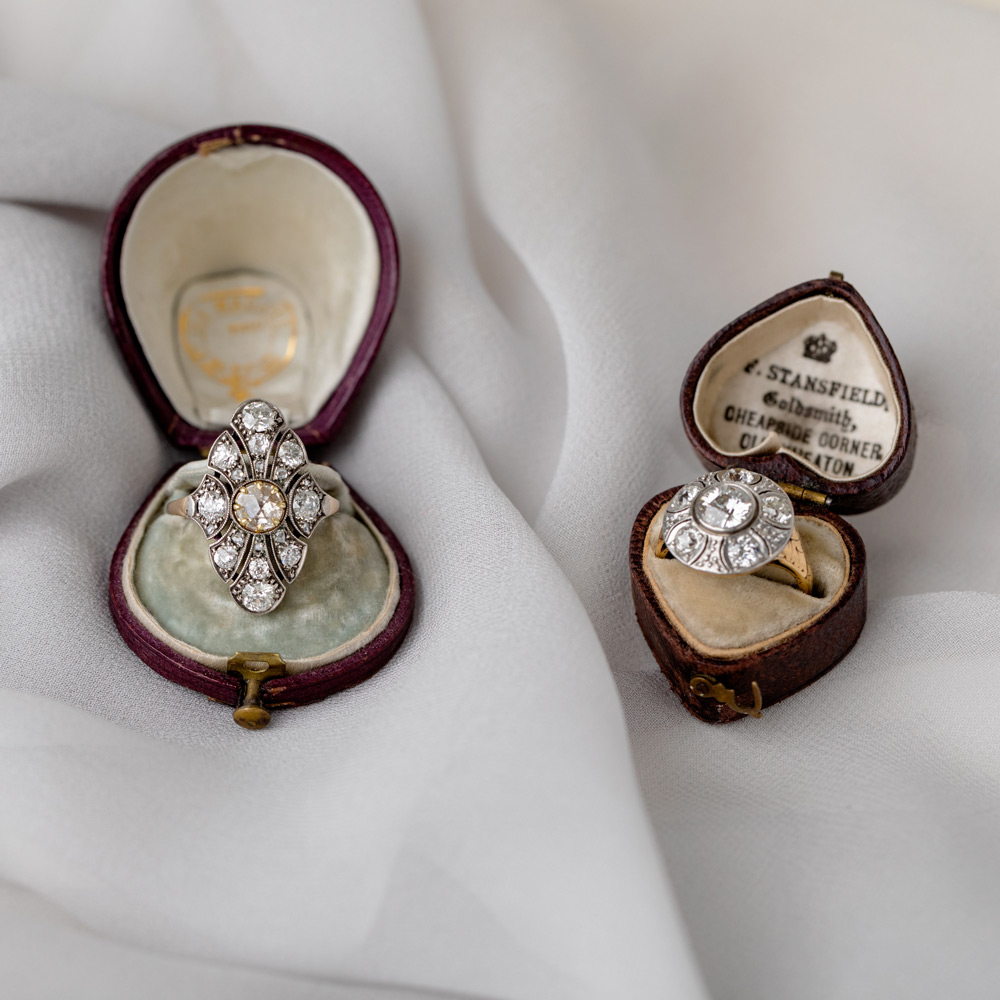
Georgian Jewelry
The Georgian era (1714-1837) was named after Kings George I, George II, George III and George IV. The Gothic Revival style was born and featured intricate designs in architecture, art and jewelry. Delicate swirling metals and hand engraved details are prominent in these poetic pieces. Since diamond cutting was in its early form, many pieces were crafted around the stones themselves versus diamonds being cut for a specific piece. Foiled back diamonds were also common to enhance the stone’s sparkle. We are lucky to have our hands on these very special pieces since there are only so many left!
Victorian Jewelry
The Victorian era (1835-1900) celebrated Queen Victoria and her love of the arts. Snake motifs were all the craze as the Queen herself dawned a snake engagement ring set with her birthstone of vibrant emerald, the symbol of eternal love. After her husband’s passing, she went into a long stage of mourning, spawning a flooding trend of black enameling, onyx and gold lockets. Up until this point, birthstone rings were common for engagement, but as the diamond mines of South Africa were developed, diamonds began gaining popularity and the diamond solitaire engagement ring was born!
Edwardian Jewelry
After Queen Victoria’s passing, her son Edward VII took the throne during the Edwardian era (1900-1915.) Here the use of platinum was developed and it flourished beautifully. Intricate lace-like patterns and filigree filled decadent cocktail rings and pendant necklaces. The platinum pieces were often backed with gold and detailed with scrolling milgrain touches. Diamonds were the stone of choice to create an overall white, airy, feminine look.
Art Nouveau Jewelry
The Art Nouveau (1895-1915) movement was the international artistic reaction to the technological advances and academic art of the 19th century. Floral motifs, organic forms and textures were mixed with scrolling gold details. Enameling was perfected and created colorful swirls that decorated and danced across rings, earrings and necklaces. The natural female form was embraced as well, creating a scandalous artistic movement that shocked the aristocrats.
Art Deco Jewelry
Art Deco (1915-1935) is perhaps one of the most identifiable eras because of the use of linear, geometric lines. Much like the architecture, jewelry at this time developed an elongating form and displayed harsh angles mixed with soft curvature. White metals like platinum and white gold were preferred and showcased diamonds, sapphires, emeralds and rubies. The Roaring Twenties meant opulence, flashier stones and dripping in pearls. Don’t mind if we do!
Retro Jewelry
In stark contrast to the silvery white Deco period, the Retro Era (1935-1950) featured high polished gold, brightly colored gemstones and diamonds as platinum was scarce while World War II developed. Hollywood glamour influenced the Retro era’s intricate designs, and large flashy jewels were preferred so they could be seen on the big screen. Diamonds were also popularized as the famed ‘Diamonds are Forever’ campaign was launched by DeBeers.
